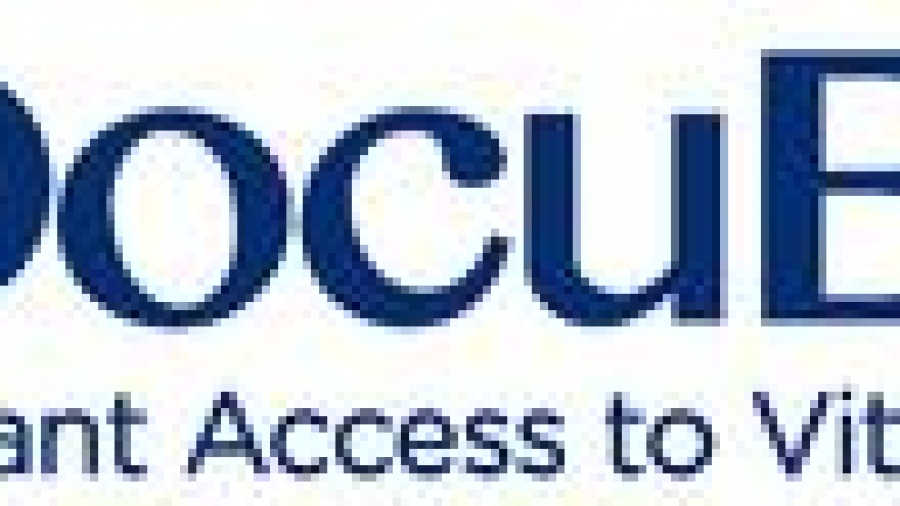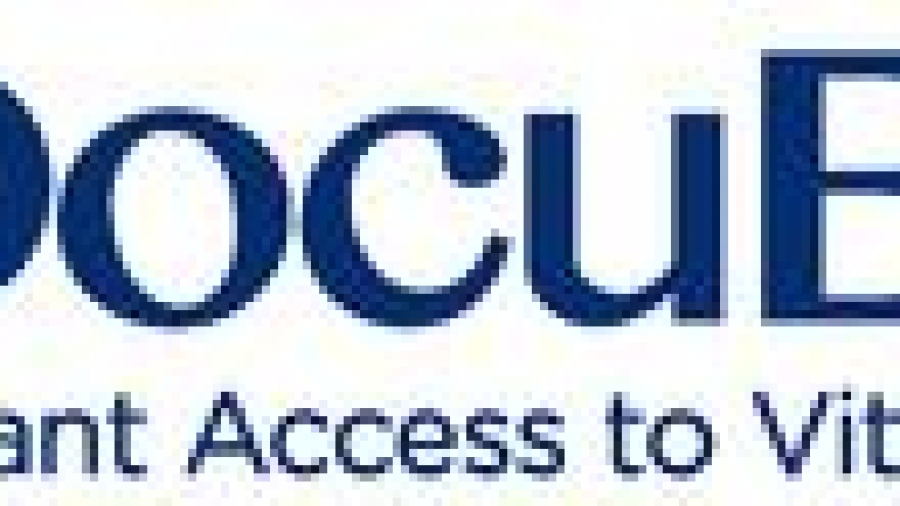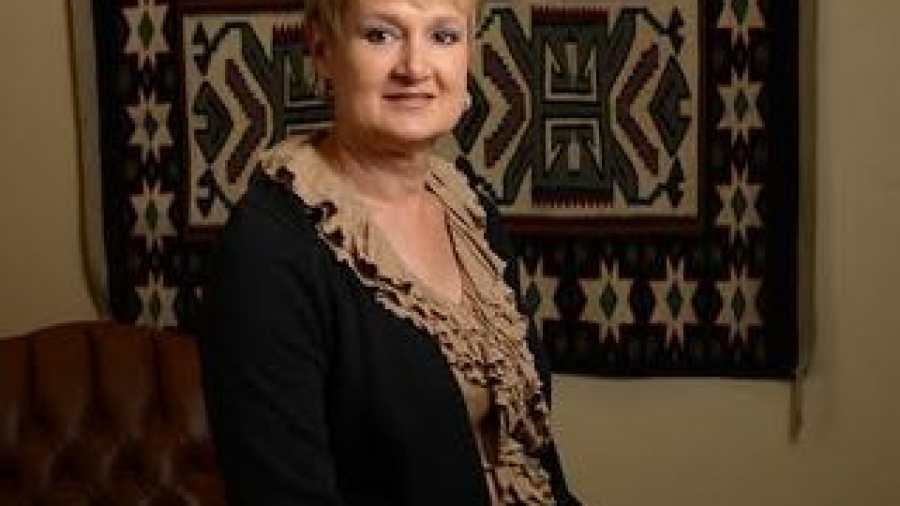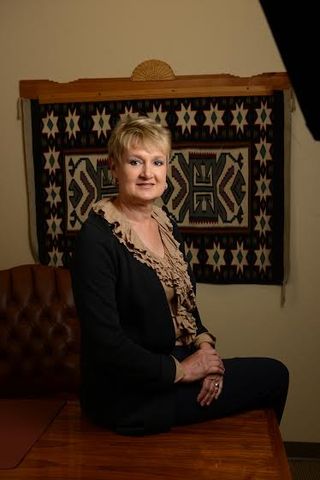Many people wonder what a TAP™ trust is. To start, a TAP™ trust is a “Tax All Purpose Trust.” The name reflects the usability and functionality of trusts that were traditionally much more restrictive.
Most people are familiar with an ILIT, an Irrevocable Life Insurance Trust. This trust is traditionally created to hold life insurance policies to ensure it’s proceeds at death, are not included in the estate of the grantor for estate tax purposes. The ILIT can be either a grantor or non‑grantor trust. Essentially, a grantor trust is one in which the IRS deems the grantor to be the owner for income tax purposes. This ensures that all income generated by the grantor trust is taxed to the grantor directly; on his or her tax return, and not taxed to the trust (whose top tax rate occurs at about $11,000 versus the top tax rate for individuals which is more than $450,000. In a separate regard, transfers to ILIT’s or other grantor trusts are a completed gift for gift tax purposes and excluded from the estate of the grantor in determining the grantor’s estate tax at death.
 The Tax All Purpose trust is similar to the ILIT but much more expansive. Traditionally ILITs held only insurance policies. The TAP™ trust can hold insurance policies, real estate, stocks, bonds, and even business interests. In fact, it can own any asset you own, even your IRA, (but not until after your death). A TAP™ trust, like a traditional ILIT, can be set up as a grantor, or non-grantor trust. As a non-grantor trust, it will be taxed as a separate taxpayer, and all the income is taxed directly to the trust at trust income tax rates. As a grantor trust, all income is taxed on the personal income tax return of the grantor, at the individual tax rates. The flexibility of the TAP™ provides convenience for clients because a single trust can hold many various assets rather than having a single trust for each type of asset. Similarly, a TAP™ trust can also act as a standalone IRA trust, if designed. While other trusts accomplish this with more flexibility, if a client had a TAP™ trust for other purposes, he or she could also use it to accomplish your IRA planning goals.
The Tax All Purpose trust is similar to the ILIT but much more expansive. Traditionally ILITs held only insurance policies. The TAP™ trust can hold insurance policies, real estate, stocks, bonds, and even business interests. In fact, it can own any asset you own, even your IRA, (but not until after your death). A TAP™ trust, like a traditional ILIT, can be set up as a grantor, or non-grantor trust. As a non-grantor trust, it will be taxed as a separate taxpayer, and all the income is taxed directly to the trust at trust income tax rates. As a grantor trust, all income is taxed on the personal income tax return of the grantor, at the individual tax rates. The flexibility of the TAP™ provides convenience for clients because a single trust can hold many various assets rather than having a single trust for each type of asset. Similarly, a TAP™ trust can also act as a standalone IRA trust, if designed. While other trusts accomplish this with more flexibility, if a client had a TAP™ trust for other purposes, he or she could also use it to accomplish your IRA planning goals.
Another opportunity use for TAP™ trusts is to make annual gifts to one (or several) people to reduce the taxable estate of the grantor. In some circumstances clients elect separate TAP™ trusts for each grandchild. The intent is to make annual gifts in the amount of the exclusion (currently $14,000.00) to each grandchild and appoint each grandchild the trustee of their separate trust. The TAP™ is used as a mechanism to identify how each beneficiary utilizes and manages the assets to allow the grantor become more confident of the beneficiaries ability to manage it more responsibly. Ultimately, the client can use the TAP™ trust to identify whether additional annual contributions should be made for the individual and whether they should be the beneficiary of all his assets after death.
In today’s world of expanded estate tax limits ($5,340,000 – 2014), a TAP™ trust is a catchall trust to address the need of clients who want to give completed gifts to third parties without necessarily having them be controlled by the beneficiary, but allows for it if desired. The primary purpose of a TAP™ trust is to ensure all gifts made to the trust will be excluded from the grantor’s taxable estate. In the absence of being concerned with estate tax, an irrevocable pure grantor trust (IPug™) should be used.
David J. Zumpano, Esq, CPA, Co-founder Lawyers With Purpose, Founder and Senior Partner of Estate Planning Law Center


















